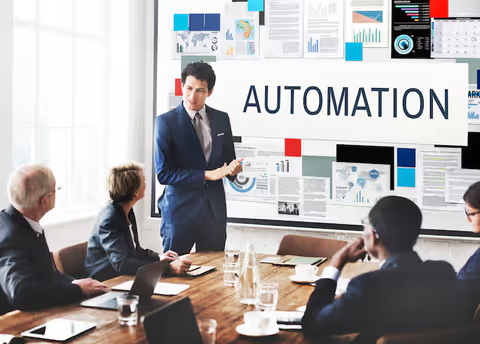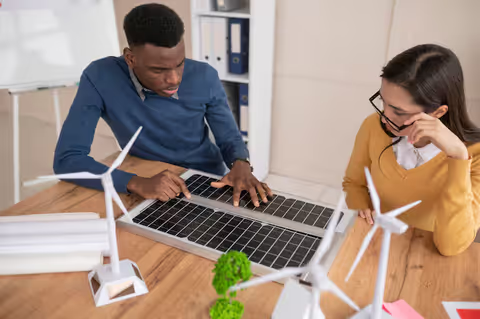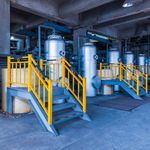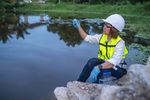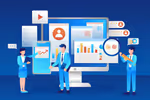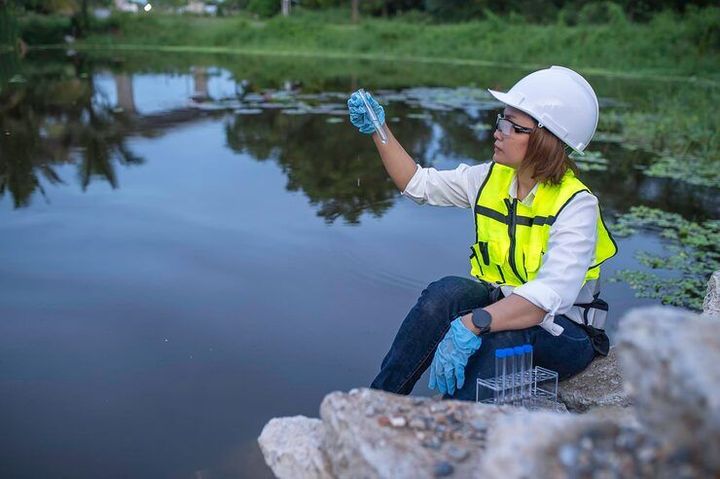
Explore Water Conservation Technologies A Complete Guide with Insights and Practical Tips
Water conservation technologies refer to systems, tools, and methods designed to use water more efficiently, reduce wastage, recycle used water, and enhance natural replenishment. These include smart irrigation systems, low-flow fixtures, leak detection sensors, greywater recycling units, and rainwater harvesting structures.
They exist because water scarcity is growing worldwide. Rapid population growth, climate change, erratic rainfall, declining groundwater, and aging water infrastructure are placing heavy pressure on freshwater supplies. To address these challenges, innovative technologies have been developed to help households, industries, agriculture, and cities use water more sustainably.

Importance: Why Water Conservation Technologies Matter Today
Water conservation is becoming critical as water demand continues to rise while supply becomes more unpredictable. These technologies matter because:
-
Water Stress Reduction: Many regions experience water shortages due to over-extraction and reduced rainfall. Using water efficiently helps stabilize supply.
-
Environmental Protection: Conservation reduces pressure on rivers, lakes, groundwater, and ecosystems that depend on consistent water levels.
-
Energy Efficiency: Since pumping, heating, and treating water consumes energy, conservation lowers overall energy use and reduces emissions.
-
Improved Resilience: Smart irrigation, rainwater harvesting, and recycling systems help communities adapt to droughts and climate variability.
-
Household & Agricultural Benefits: Efficient devices reduce wastage, improve reliability, and make agricultural water usage more predictable.
As pressure on water systems increases, conservation technologies are essential for long-term sustainability.
Recent Updates & Trends (2024–2025)
Recent years have seen strong innovation in water conservation approaches:
-
AI-Enabled Water Monitoring: Cities and utilities are increasingly adopting artificial intelligence for leak detection, pipeline pressure monitoring, and predictive maintenance.
-
Smart Fixtures in Urban Homes: Aerators, low-flow taps, and moisture-sensing devices are being widely adopted to reduce consumption in residential buildings.
-
Bio-Based Materials for Agriculture: New biodegradable mulches and natural fiber mats help reduce soil evaporation and retain moisture in farmlands.
-
Solar-Driven Desalination Innovations: Research advancements include improved materials for evaporative desalination, making the process more efficient and suitable for sunny regions.
-
Precision Irrigation Improvements: Multi-sensor irrigation systems that combine soil moisture, weather inputs, and plant observation technologies continue to increase efficiency.
-
Privacy-Focused Smart Irrigation: Federated learning and decentralized AI allow optimization without sharing raw user data.
The trend shows a shift toward intelligent, interconnected, and environmentally safe solutions across both urban and agricultural settings.
Laws, Policies & Programs (Especially in India)
Water conservation is supported by numerous regulations and national programs that guide efficient water use and promote technology adoption. Key initiatives include:
-
Jal Jeevan Mission (JJM): A national initiative focused on improving water availability and quality, encouraging water use efficiency and reducing losses through infrastructure upgrades and monitoring.
-
Atal Bhujal Yojana: A groundwater management program promoting sustainable extraction, aquifer recharge, and community-based monitoring.
-
Jal Shakti Abhiyan – Catch the Rain: A national campaign encouraging rainwater harvesting, restoration of water bodies, and construction of recharge structures during monsoon periods.
-
State-Level Rainwater Harvesting Rules: Many Indian states require rainwater harvesting systems for large buildings, new constructions, and industrial establishments to reduce groundwater stress.
-
Bureau of Water Use Efficiency: A national body promoting efficient irrigation, industrial water reuse, and best practices.
-
Urban Water Norms & Building Regulations: Guidelines for low-flow fixtures, reuse systems, and leak-proof plumbing in new buildings help reduce wastage at the design stage.
Such regulatory efforts accelerate the adoption of conservation technologies and create accountability across sectors.
Tools & Resources: Practical Technologies and Platforms
Below are useful tools, systems, and resources that support effective water conservation:
Smart Monitoring Tools
-
IoT-Based Water Meters: Track usage in real time and identify abnormal flow patterns.
-
Leak Detection Sensors: Provide alerts for hidden leaks in pipelines and plumbing systems.
Irrigation & Agricultural Tools
-
Smart Irrigation Controllers: Adjust watering schedules based on soil moisture and weather forecasts.
-
Drip & Micro-Irrigation Systems: Deliver water directly to plant roots, reducing runoff and evaporation.
Calculation & Assessment Tools
-
Water Footprint Calculators: Estimate household or personal water usage and identify areas for improvement.
-
Groundwater Level Monitoring Apps: Used by many rural communities to track local aquifer health.
Rainwater & Recycling Resources
-
Rainwater Harvesting Design Templates: Provide instructions and layouts for setting up rooftop systems, storage tanks, and recharge pits.
-
Greywater Reuse Guides: Offer diagrams and safe treatment steps for recycling water from sinks, showers, and laundry.
Capacity-Building Platforms
-
Government Portals & Training Modules: Provide educational materials on water conservation, groundwater management, and community planning.
-
Research Publications: Universities and research platforms share studies on new filtration materials, smart irrigation systems, and machine-learning models for water optimization.
Frequently Asked Questions
Q1: What are the easiest water conservation technologies for homes?
Simple options include tap aerators, low-flow showerheads, dual-flush toilets, and basic leak sensors. They are easy to install and immediately reduce consumption.
Q2: Can rainwater harvesting be used for drinking?
Yes, but only if the water undergoes proper filtration and treatment. Many homeowners use it primarily for non-drinking purposes like gardening and flushing.
Q3: Are AI-based water monitoring systems accurate?
Modern systems combine flow data, pressure readings, and anomaly detection models to identify unusual consumption patterns, often detecting leaks faster than manual checks.
Q4: What is greywater, and is it safe to reuse?
Greywater is lightly used household water from sinks, showers, and laundry. With proper filtering and treatment, it can be safely reused for gardening, flushing, and landscaping.
Q5: How do water conservation policies help communities?
Policies encourage efficient practices, support infrastructure improvements, regulate groundwater extraction, and promote technologies like rainwater harvesting and smart metering.
Conclusion
Water conservation technologies have become essential tools for addressing rising water stress and ensuring sustainable water use. From smart irrigation systems that save agricultural water, to low-flow fixtures that reduce household consumption, to advanced materials improving desalination efficiency, these innovations are transforming how water is managed.
Policies and national programs reinforce these efforts by creating frameworks for efficient use, community participation, groundwater protection, and rainwater harvesting. With growing climate uncertainty, integrating modern tools and conservation strategies is vital for long-term resilience.
Adopting these technologies combined with awareness and responsible practices helps safeguard water resources for future generations and ensures that every drop is used wisely and sustainably.




